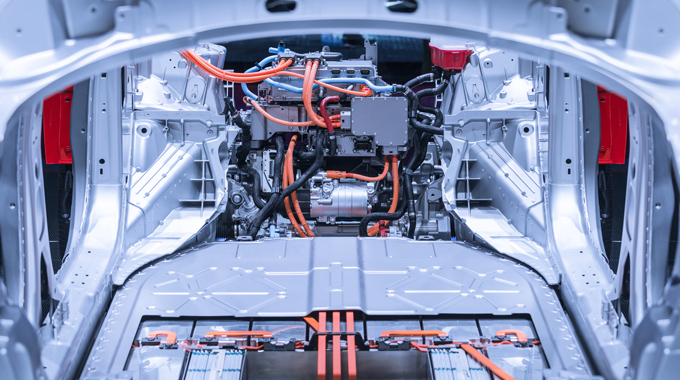If you wanted to buy a car before the COVID-19 pandemic, it was a relatively straightforward if somewhat complex process. Typically, you did some online research, lined up your financing, visited several dealerships, kicked some tires, took a few test drives, decided which car you wanted to buy, haggled with a salesperson, struck a deal, and drove your new car home.
Today, the car-buying process has been streamlined, initially because of pandemic-related safety concerns and restrictions. But a number of changes have persisted because customers (and sometimes dealers) prefer them. For example, many customers like not having to visit dealerships, instead having dealers deliver cars to their homes for test drives and generally minimizing in-person contact. In fact, the entire vehicle-purchase process can take place over the phone or online, if that’s what car buyers want.
Three additional, unprecedented things occurred in 2021 that affected and will continue to affect both vehicle pricing and the range of vehicle choices available to car buyers well into 2022: the ongoing COVID-19 pandemic, a shortage of semiconductor chips, and, to a lesser degree, a change in the market position of electric vehicles (EVs).


